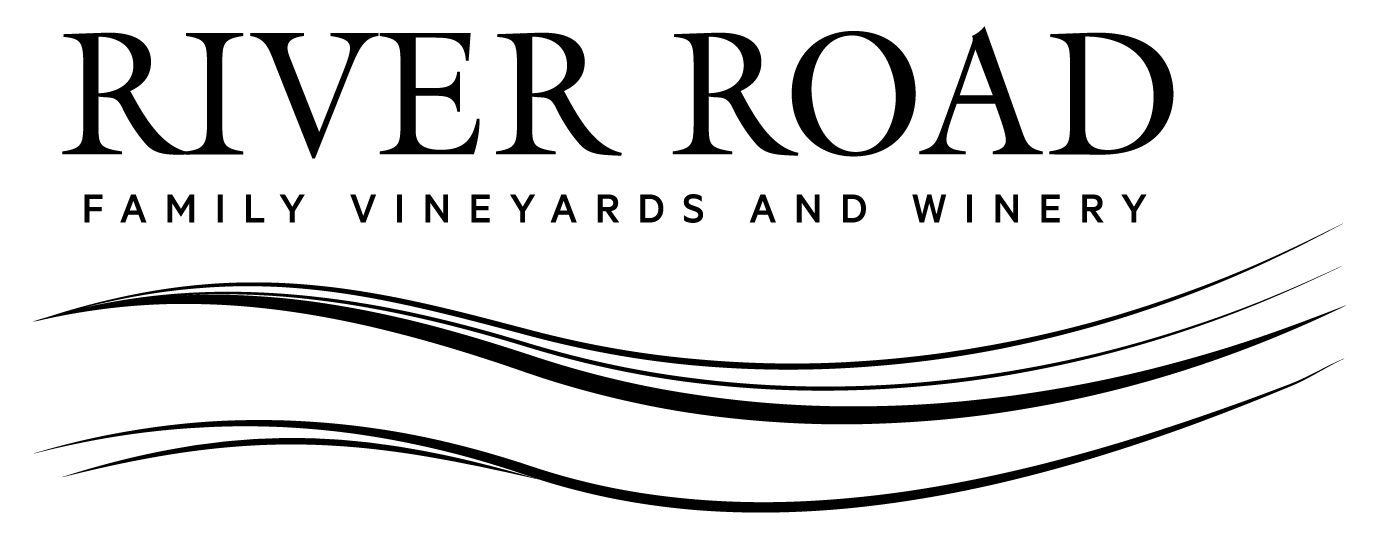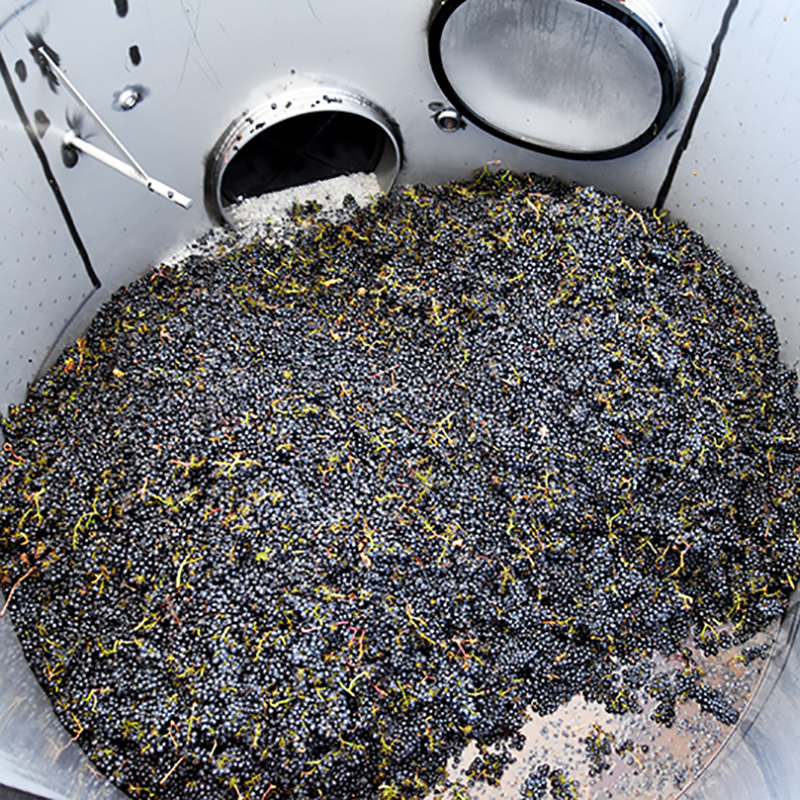VINEYARD UPDATE
After waiting out the cool temperatures of early September, and resisting the urge to jump the gun on picking dates, our harvest got into a steady groove by mid-September. From that point, it didn’t let up; but, the pace of harvest was very manageable, allowing us to utilize our tanks and crew to best effectiveness. There were no added pressures, such as an oncoming heat wave, which could force us to choose between desired level of extraction and the need to open up tank space for more grapes. This gave us the ability to provide extended cold soaks for our Pinot Noir; and press the fermented grape skins, when quality was at its peak.
I mentioned last month that the 2018 harvest began later than normal, and about one week behind the start of the 2017 harvest. The pace of ripening continued to be relaxed as we entered October. This was due to cooler that average temperatures, large yields in the vineyards, and a rainstorm that blew through the first week of October. Rain is never good during harvest, as it causes sugar accumulation in the berries to go backward and increases risk of bunch rot.
Our grapes weathered this rain and cold well, and were clean and flavorful, when they arrived at the winery. Great fruit flavors, bright acidity, along with well-developed tannins, and color in the red wines will be signatures of the 2018 vintage!
VINTAGE DIFFERENCES
We have remarkably consistent grape growing weather in Sonoma County, resulting in vintage after vintage of great wines produced here. But that doesn’t mean that each season is a repeat of the one before. In 2017 and 2018, our seasons offer a good case study, and a reminder that we can’t pick according to calendar. Rather, we have to be vigilant in the vineyards and rely on our experience with each year’s harvest.

In 2017, we encountered a vintage that was consistent with many years preceding it. With the exception of a few heat events, which impacted the grapevines in dramatic ways, the year was uneventful. There was no rain during harvest, and it was with a typically late summer warmth that drove the ripeness of the grapes forward without pause. For Pinot Noir especially, it was critical in 2017 not to wait too long to harvest. Sugar levels and other ripeness indicators moved to perfection rapidly, requiring quick and decisive action.
In 2018, it was a different year altogether, but it also presented very high potential for quality. Again, the key was to be attentive and work closely with our grape growers. There were a few days with rain and cold temperatures in early October, and none of the high heat that can shrivel Pinot Noir grapes. An extra-long hangtime was required to achieve ripeness, yet our grapes retained much of their natural acidity. Together, the extended hangtime promoted full development of flavor and tannin, while the acidity kept the fruit vibrant and fresh. A great combination!
Here is a summary of the differences between the two vintages:
| 2017 | 2018 | |
|---|---|---|
| First Day of Harvest | August 30 | September 6 (one week later) |
| Last Day of Harvest | November 2 | November 23 (three weeks later) |
| Harvest Duration | 5 weeks | 7 weeks (two weeks longer) |
| Days over 90° F (max) | 15 days | 8 days |
| Days over 100° F (max) | 6 days | 0 days |
| Days over 110° F (max) | 2 days | 0 days |
| Grape Acidity (TA) | Medium | High |
| Grape Sugar (Brix) | High | Low |
| Pinot Noir Yields | Average | Up 13% |
| Chardonnay Yields | Down 20% | Up 19% |
As you can see above, the differences between the two years are remarkable, when looking at these data points. But, the subjective character of the grapes shows consistency with earlier years. Therefore, through decisions made during fermentation and careful blending, we can highlight the consistent flavor profiles and textures of our wines, while making the most of the beautiful acidity in the 2018 vintage. This has the potential to become a classic Russian River Valley vintage!

NEXT STEPS
While we have closed out the actual harvesting of grapes for this vintage, a lot of work remains. We still have active fermentations of Pinot Noir, Pinot Gris, Chardonnay, and Cabernet Sauvignon to monitor. It’ll be a few weeks yet before the yeast have completed their work, and our focus will move to the secondary, malolactic fermentations.
All of our wine (except the Unoaked Chardonnay and Pinot Gris) will also need to be moved to barrels for their period of élevage (the process of wine grapes maturing from grapes to wine, which includes its fermentation, storage, aging, and then bottling). This will take the youthful and raw wines post-fermentation, and polish them into our stylish jewels. It’s a great transformation, and one that puts our skills to the test. By the end of this period, just prior to bottling, we’ve revealed the beautiful flavors and textures that existed in the grapes, while on the vines!

FAREWELL TO OUR HARVEST CREW!
We were thrilled to have such a good crew of seasonal interns working alongside us this harvest. Now, as the final tanks of grapes are being emptied, we’re down to our year round staff, and wishing each intern good luck in their future endeavors.
A big THANK YOU to Anna, Rylee, Carl, Trinity, John, and Travis!

Cheers!




